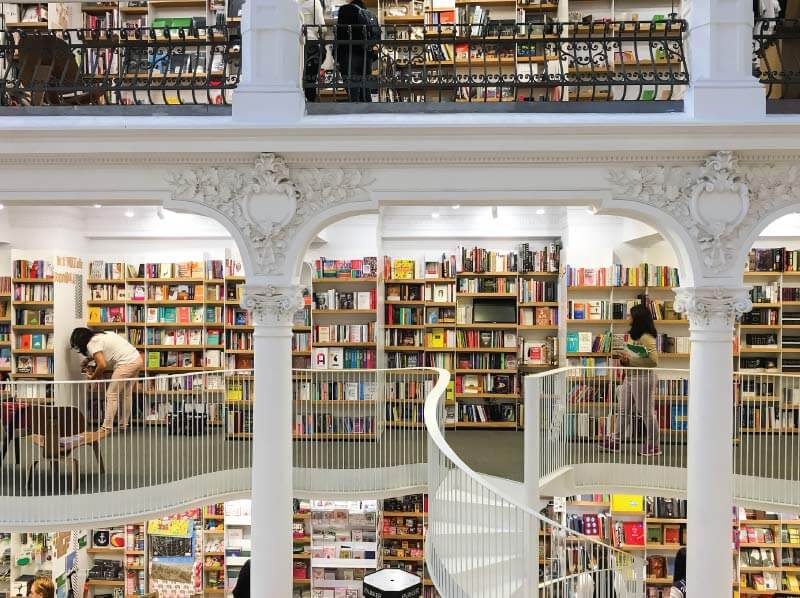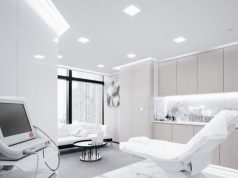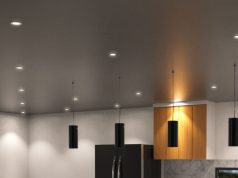At one point in your life, you might have heard your parents saying, “Back in my time, we had to go to the library and look through numerous volumes of the encyclopaedia to get the information that we need. You have it easy thanks to the internet!” Indeed, thank you, internet! However, there is still value in going to the library to look at some references and study. Not everything on the internet is factual, but books in the libraries are constantly evaluated before making it to the shelf.
Public libraries nowadays are not as ancient as you imagine. You won’t be time travelling to the past to see some old relics and dusty piles of books across various rows of racks. Sure, old books and journals are still present, but modern-day libraries have integrated current technology to make studying and research easier and more accessible.
Reasons LED lighting is a better choice for public libraries
Have you ever tried studying in the library or just going there for some leisure reading? If not, you should! Both young and old gather there to quench their thirst for knowledge and discover new worlds as they flip to the next chapter.
Since a public library is a task-oriented institution, proper lighting is crucial and the best lighting solution available now are LED lights. Why do public libraries need LEDs? How will it benefit the people working there and those visiting? Let’s find out!
LED lights have superior brightness and energy efficiency
LEDs have the highest lumen output while operating at a low wattage. With this, you get a brilliant and clean white light while consuming less energy. It’s a vital aspect of library lighting since lights run day in and out, and people always need sufficient brightness. If the fittings you are using are not energy efficient, then a huge chunk of your budget will go to electrical expenses.
Another point to note is that thanks to the efficiency of LEDs, they can last longer. Fixtures with a low-efficiency operation end up burning out faster because of heat loss. However, that’s not the case with LEDs since they convert all energy to light with almost no heat loss. The average lifespan of an LED fitting ranges from 10,000 to 50,000 hours!
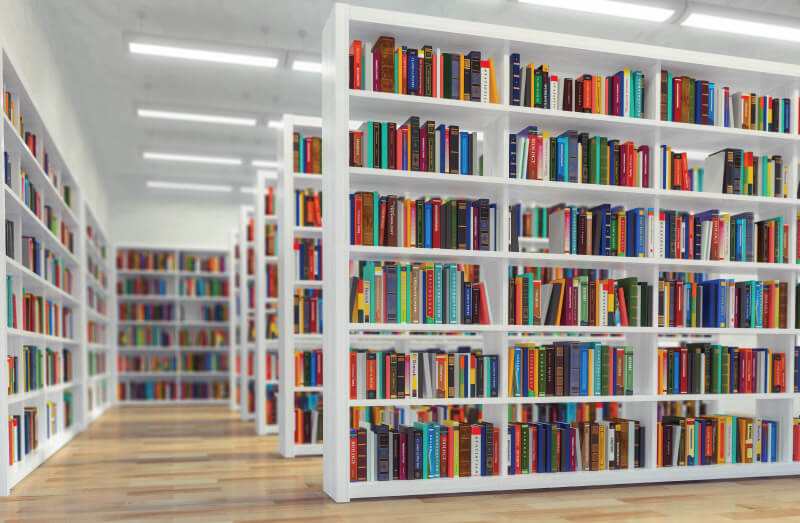
LED lights have better colour temperature and colour rendering index
LED lights are incredibly diverse and available in various specifications. This is a beneficial feature for public libraries since they cater to different people with varying needs. With LED lighting, not only will you get the highest colour rendering index, but you will also have substantial colour temperature choices.
When it comes to the colour rendering index, the higher it is, the better you can identify the actual colour. If you’re an art student, it will be easier for you to distinguish between design and colour elements.
As for colour temperature, LEDs offer a broad spectrum, ranging from warm white light to cool white light. There needs to be a balance between the area where people read books and those that use screens in a library. It will be ideal if the colour temperature varies for each section as it would help the people protect their eyes and work/study comfortably.
LED lights produce top-class illumination
Although this could be the least apparent reason, it’s still essential. The quality of illumination your lights will provide has a significant impact on the quality of the space. While some old type fittings flicker and diminish in light output over time, LEDs offer consistent brightness with zero flickering. Aside from that, LED fixtures are often also equipped with diffusers to distribute light evenly and protect your eyes from harsh brightness.
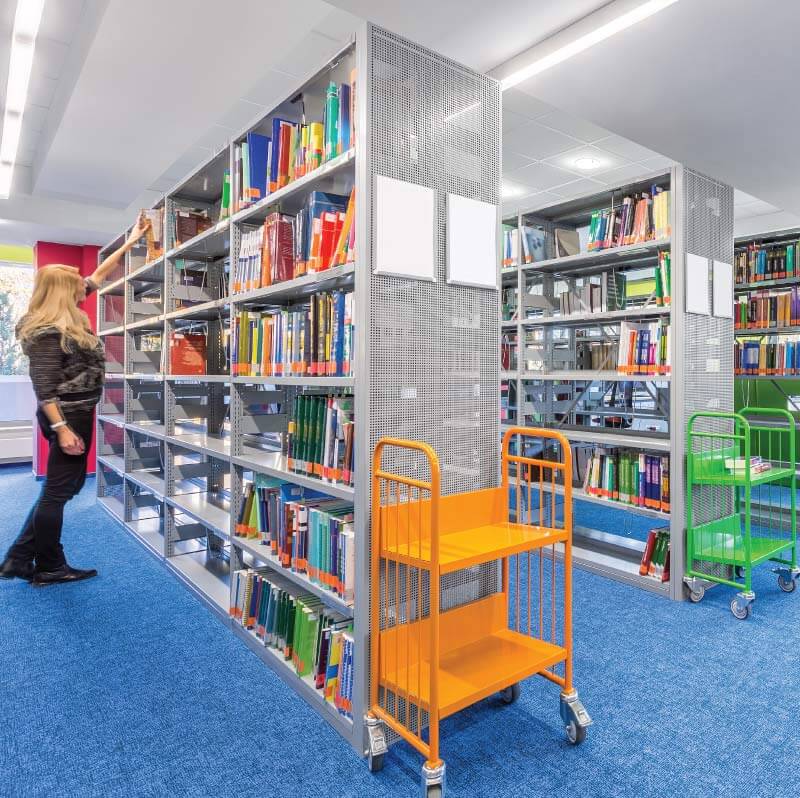
LED lights come in different styles and fixture types
Do you know why LEDs are the preferred lighting solution today? It’s not only because of their energy efficiency and brightness. It’s also due to their fixture types. From wall lamps and overhead lights to high bay fixtures and panel lights, there’s an LED for just about everything!
Also, since a library is a place for research, studying, and reading, going all out with fancy designs or intricate styling can be distracting. However, LED lights can help you decorate it without being too obvious. Mix and match different styles and finishes, and you’ll see that you can create a visually appealing space!
LED lights can be integrated into old fixtures
For libraries that want to upgrade but don’t have the budget for a complete overhaul, you can just integrate LEDs into your old fixtures. All you need are LED retrofit kits, and you’ll be able to experience the advantages of using an LED without purchasing a new fitting. However, it’s still best to be careful and check with your electrician. Also, don’t DIY the installation and ask for a professional’s help. When it comes to electrics is always better to be paranoid than overconfident. Remember, it’s a library that you’re upgrading. Libraries have books with long-standing histories and important journals that cannot be reprinted. So, be extra careful!
There you have it! Those are some reasons why public libraries should use LED lights if they still have not made the switch. So, to make sure that you’re only getting high-quality fixtures, check out our website, Simple Lighting! We also have an extensive collection of indoor lighting, outdoor lighting and commercial lighting that can really brighten up your space.
